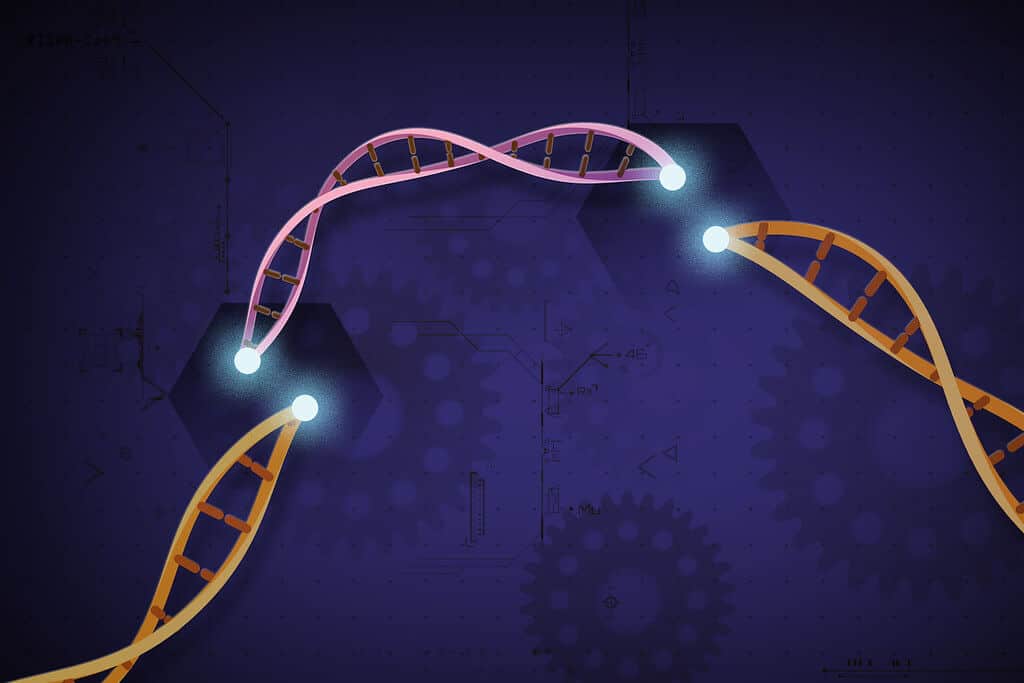Question: Are there modern forms of “eugenics” about which we should be concerned?
Yes, there are modern, cutting-edge technologies concerning human reproduction that taken together, constitute a high-tech almost surreal eugenics that like the old eugenics, seeks to create “bigger and better” human offspring.
In a previous column I introduced the subject of eugenics and promised to come back to it at a subsequent time. Sadly, eugenics was a very popular phenomenon in America in the 1920s and 1930s. Eugenics was the so-called “science” of seeking to improve the human race through scientific manipulation of the human gene pool through the emerging science of genetics and selective human reproduction.
These early forms of eugenics were thoroughly discredited by their extremely racist and brutal application by the Nazis in Germany during the Third Reich. It must be said, however, that virtually all of these early 20th century expressions of eugenics were hopelessly tainted by bigoted assumptions of the racial superiority of Nordic, Northern European ethnicities, as apposed to the Nazi’s exclusively Aryan, Germanic assumptions of superiority. These early expression of eugenics were also plagued, even in America, by such practices as requiring the sterilization of those deemed mentally “unfit” or mentally “challenged.”
Now, through the miracles of modern medical technology, some very complex forms of what some, including myself, would label “eugenics,” have once again surfaced to tempt human beings to “play God” by deciding how to artificially create human progeny that we believe are “superior” to those produced through natural sexual reproduction.
Since the first “test-tube” baby was born in 1978, more than 8 million children across the globe have been born as a result of these assisted reproduction technologies (ARTs). In 2019, the last year for which statistics are available in the U.S., 78,052 babies were born as a result of these technologies.
In recent years the technology has advanced well beyond Artificial Insemination by Husband (AIH) or Artificial Insemination by Donor (AID).
Now, doctors manipulate human genes and allow patients to select and transfer embryos with the traits they “desire.”
A new gene-editing technique, known as CRISPR, allows doctors to actually go into the embryo and insert, remove, or alter various genes.
These techniques are being employed both in the U.S. and abroad, often with little or no ethical and legal oversight, even though there are grave ethical issues involved as well as serious, often fatal, risks to the infants operated on and manipulated genetically.
Now, without a doubt, these medical advances offer new hope for parents and babies when genetic testing reveals inherited genetic abnormalities such as some forms of blindness or the genetic package causing muscular distrophy or other extremely debilitating conditions.
I believe most people would say if doctors can safely operate and change such destructive genes in utero, they should do so.
Dr. Robert Klitzman, a Columbia University professor of psychiatry, identifies the problem in his new book Designing Babies: How Technology Is Changing the Way We Create Children (Oxford University Press). Klitzman explains that doctors can now alter and manipulate human genes for “socially desirable traits,” and not just traits dictating appearance like height, body types, hair and eye color, etc.
Now doctors can alter genes impacting intelligence, musical ability, athletic prowess, etc. As Klitzman observes, “Choosing socially desirable genes constitutes eugenics, which led to horrific outcomes in Nazi Germany.”
The fatal flaw and danger here is that the desire to be God-like is a particularly difficult one for human beings to resist. (It even caused Adam and Eve to commit the first sin, and they weren’t even possessed of a fallen nature yet.) The desire to be “like God” proved irresistible. But we are not God. Our definition of desirable “traits” will be flawed and will inevitably produce flawed human beings who may well be bigger and smarter (at least in certain ways) and may use those traits to dominate and exploit what they perceive to be lesser beings.
For now, at least, I believe we should stick to using these technologies therapeutically to cure crippling genetic abnormalities, not eugenically, to seek to build “superior” human beings for some genetic “Brave New World.”
Otherwise, we are inviting terrible human tragedy in an ego driven quest to recreate man in our own flawed image, in some scientific parody of the Tower of Babel, thinking we can reach up and play “God.”
This article was first published at The Christian Post.

Download Your FREE eBook!
- Reading Books and Listening to Talks is Not Enough
- Not All Apologetics Methods Are Created Equally
- A Degree is More Than a Piece of Paper








